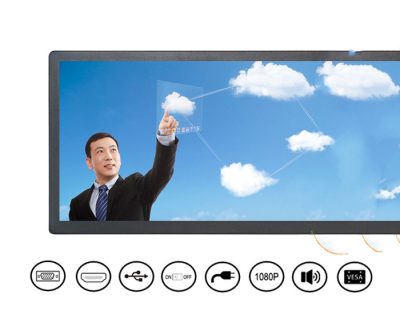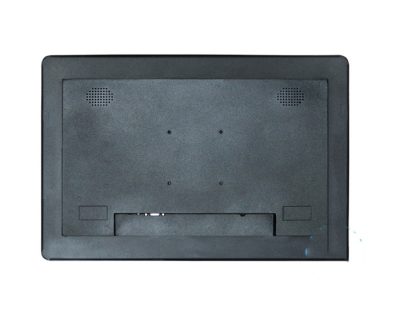1. Large-Scale Data Display:
- LED video walls offer expansive screens that can display multiple data sources simultaneously, including surveillance footage, maps, charts, and live feeds. This allows operators to have a comprehensive view of critical information.
2. Real-Time Monitoring:
- Control rooms and command centers use LED video walls to monitor operations, infrastructure, and security in real time. For example, in transportation, they can oversee traffic conditions and public transportation systems.
3. Improved Situational Awareness:
- By aggregating data from various sources onto a single screen, LED video walls enhance situational awareness. Operators can quickly identify and respond to incidents, emergencies, or anomalies.
4. Video Surveillance Integration:
- LED video walls are often integrated with video surveillance systems, allowing operators to monitor and analyze video feeds from multiple cameras in real time.
5. Collaborative Decision Making:
- Control room operators can collaborate effectively by sharing visual data on the LED video wall, enabling more informed and timely decision-making.
6. Emergency Response and Crisis Management:
- LED video walls are essential for emergency response and crisis management. They provide a centralized platform to coordinate resources and respond swiftly to emergencies.
7. Energy and Utility Management:
- In energy and utility control rooms, LED video walls help monitor power grids, water treatment plants, and other critical infrastructure. They can display data related to energy consumption, maintenance status, and potential issues.
8. Customizable Layouts:
- LED video walls allow for flexible layouts, so control room operators can configure displays to their specific needs. This adaptability is essential for handling different types of tasks.
9. Redundancy and Reliability:
- Control rooms often require high levels of reliability. LED video walls can include redundancy features to ensure uninterrupted operation even in case of component failures.
10. Data Visualization: – LED video walls are used to create visually appealing data visualizations, such as dashboards and heat maps, to convey complex information more intuitively.
11. Information Sharing: – LED video walls enable control rooms to share information with external stakeholders, such as law enforcement agencies or emergency services, during collaborative operations.
12. Remote Access and Collaboration: – With remote access capabilities, control room operators can monitor and collaborate with off-site experts and decision-makers, improving responsiveness and decision-making.
13. Training and Simulation: – LED video walls can be used for training and simulation exercises, allowing operators to practice various scenarios and emergency responses in a controlled environment.
14. Security and Access Control: – Control rooms use LED video walls to monitor security cameras, access control systems, and alarm systems, ensuring the safety and security of facilities.
15. Future-Proofing: – Consider investing in LED video walls with scalability and future-proofing in mind, as technology and data requirements may evolve over time.
Overall, LED video walls are a critical component of control rooms and command centers, providing the visual infrastructure necessary for efficient monitoring, decision-making, and situational awareness in mission-critical environments.















